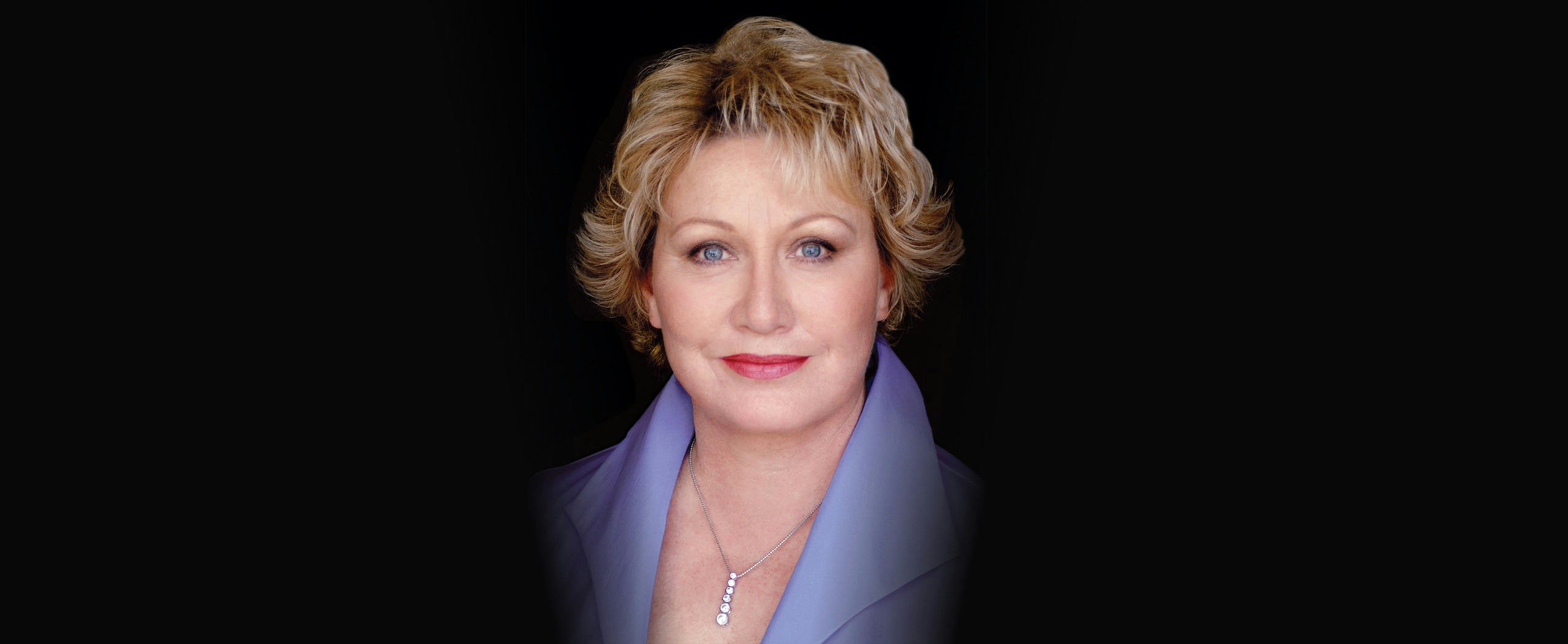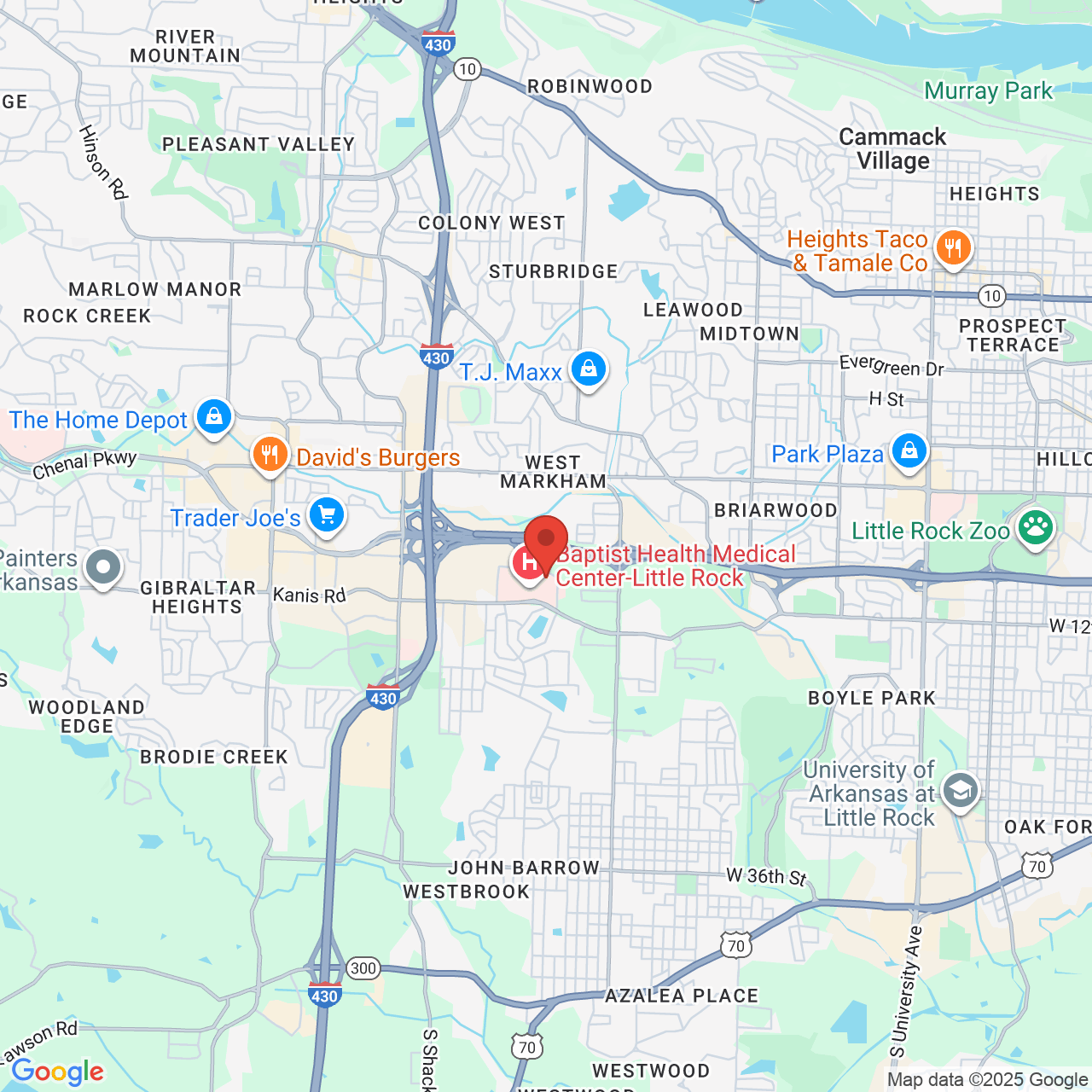EYELID SURGERY

Your eyes are the window to your soul, and are one of the first things people notice about you. In fact, drawing attention to your eyes is one way to downplay other less prominent facial features. If you have eyes that are tired, puffy, swollen, or sagging, it will be hard to allow your vibrant inner self to shine through. Signs of aging are often noticed first around the eyes, leaving you appearing older than you truly are and causing others to question whether or not you have had enough sleep. Fortunately, eyelid surgery (blepharoplasty) performed by Dr. English can help you shave years off the clock.



Aging is one of the primary reasons for drooping or sagging eyelids. Sagging skin near the eyes can cause the brow to droop, and may even result in the development of extra skin or fat that leaves your eyes looking puffy. Lifting the eyelids and trimming excess skin, which most often appears just underneath the eyelids, can provide you with a firmer, more youthful appearance.
Extra fat may sometimes appear on the lower eyelids as well. This fat is always present, but is held in place by the orbital septum, a fibrous band of tissue that sags over time. When the orbital septum loses its laxity, it can then take on a bulgy appearance, leading to bags underneath the eyes. During an eyelid lift, this excess fat is trimmed, leaving your eyes with a more pleasing shape, just like when you were younger!

- Eyelid surgery, or blepharoplasty, is chosen by many men and women to correct bags and bulges around the eyes as well as drooping eyelids. Although more women than men choose eyelid surgery, the procedure is equally suited for both genders.
- People of all ages have eyelid surgery. Younger patients have the surgery because of an inherited condition in which fat cushions of the eye push forward causing a bulging appearance. Older patients generally have eyelid surgery to reduce these bulges as well as the sagging of eyelid skin. Droopy eyelids can make a person look older and, in some cases, impair vision. Eyelid surgery results in a refreshed appearance with a more youthful eye area.
- Eyelid surgery is performed in the office with local anesthesia under I.V. sedation or general anesthesia. The procedure normally takes one hour. Upper and lower eyelid surgery may be performed at the same time; however, lower can be done independently of the upper eyelids.

During your eyelid surgery consultation, Dr. English will review your medical history, lifestyle choices, and desired results while also conducting a physical exam to determine your skin quality, elasticity, and thickness for optimal results. He will ask questions about vision, tear production, use of contact lenses, and expectations. This information, plus age, skin type, ethnic background, and degree of visual obstruction, is assessed to determine the best course of treatment. Eyelid surgery does not normally reduce wrinkling around the eye area nor does it lift a drooping brow. Therefore, many eyelid patients decide to combine eyelid surgery with a brow/forehead lift and skin resurfacing to achieve the best overall result. You may be a candidate for eyelid surgery if you:
- are in good physical and mental health, with good elasticity of the skin;
- are a non-smoker or committed to refraining from smoking;
- have realistic expectations of the outcome of your eyelid surgery; and
- understand the recovery process.



Most patients experience little or no discomfort following eyelid surgery and find that any discomfort is relieved by taking a mild analgesic. Following surgery, patients are instructed on cleaning the incisions and the application of antibiotic eye ointment when indicated.
Some swelling and bruising may develop after the procedure. Cold compresses, as well as head elevation, enhances healing and relieves discomfort. As time passes, the incisions for both the upper and lower eyelids blend in with the surrounding skin and are easily camouflaged. The skin at the outer corners of the eye is thicker and takes a bit longer to heal.
The stitches used to close the incisions in the upper and lower eyelids are removed five to six days after surgery at our Little Rock office. The sun may darken maturing scars; therefore, incisions in the upper and lower eyelids should be protected by sunscreen, sunglasses, or a hat as they heal.
Most of Dr. English’s patients who had eyelid surgery were able to return to near normal activity within a few days of the surgery. However, as the incisions heal, it is important to restrict activities that may put pressure on the eyes. Lifting, bending, and straining should be avoided for up to two weeks. Aerobic or heavy exercise should be avoided for at least three weeks following surgery.
Most patients can anticipate a marked improvement in the appearance of their eyes. This is often accompanied by a feeling of tightness in the eyelids that may last a few weeks. Bags and bulges are significantly reduced if not completely eliminated. Some patients may actually experience slight improvement in their eyesight or peripheral vision as a result of the removal of excess skin.
For those patients with a sunken look to their lower eyelid area, fat transfer to these areas combined with a chemical peel can help restore a more youthful contour from the lash to cheek area. Normally, the reason for this loss of volume is due to the decent of cheek tissue away from the rim of the eye socket. This type of restoration has been extremely popular during the past decade because it is a relatively minor but extremely successful procedure.


